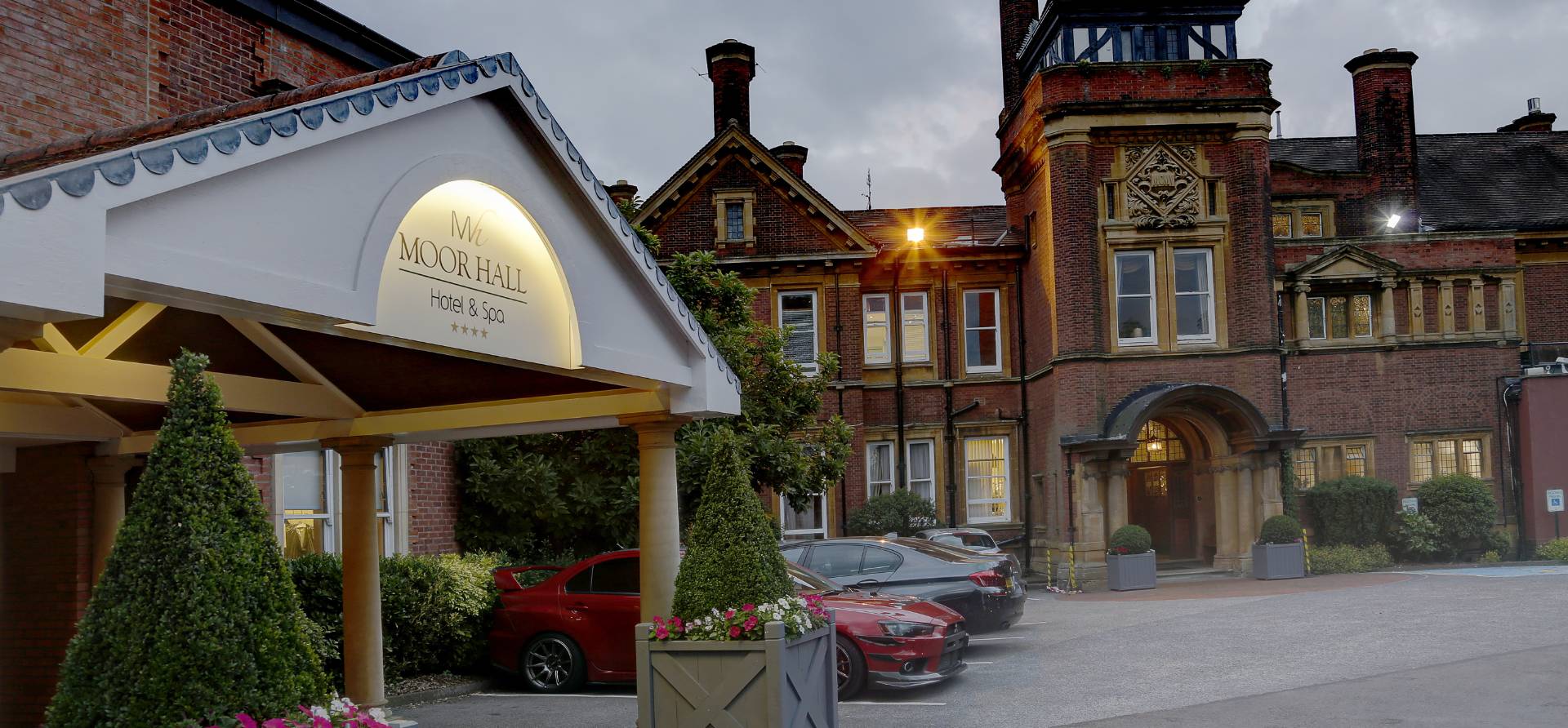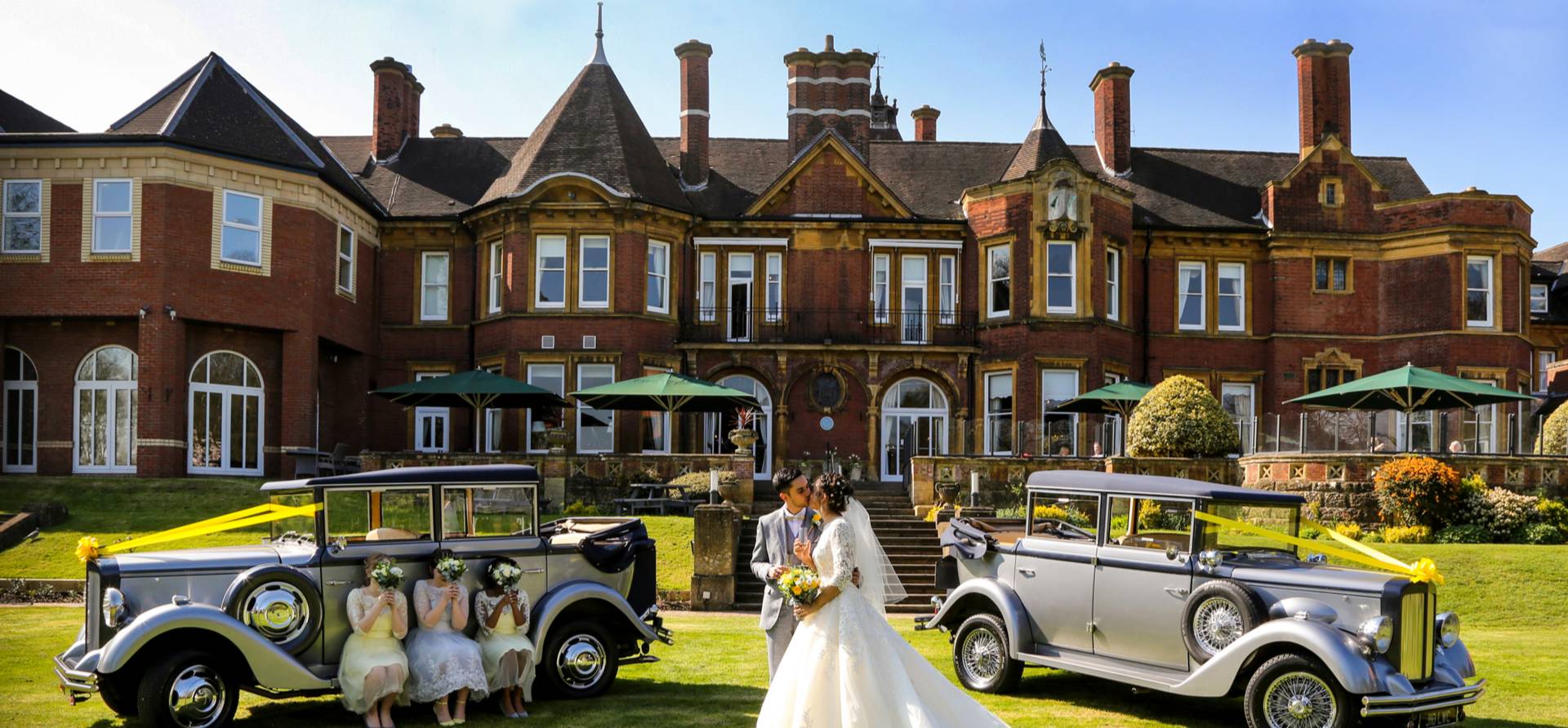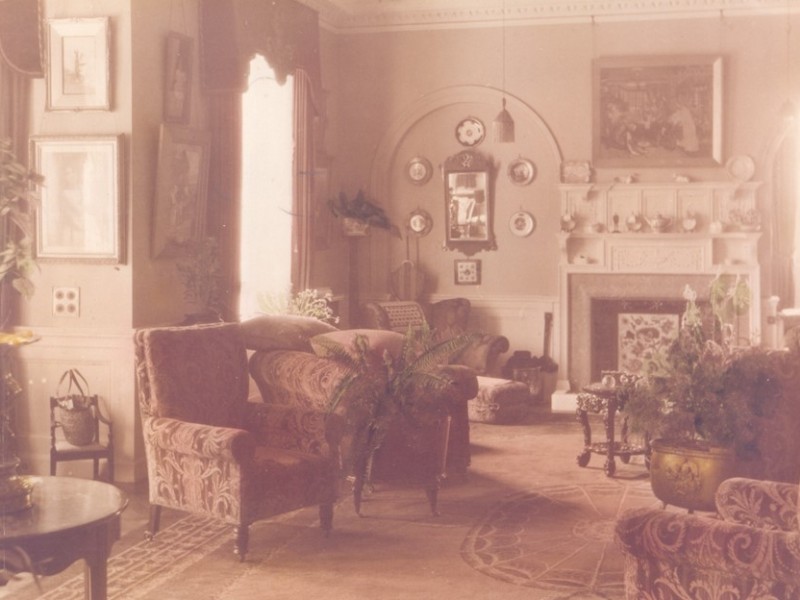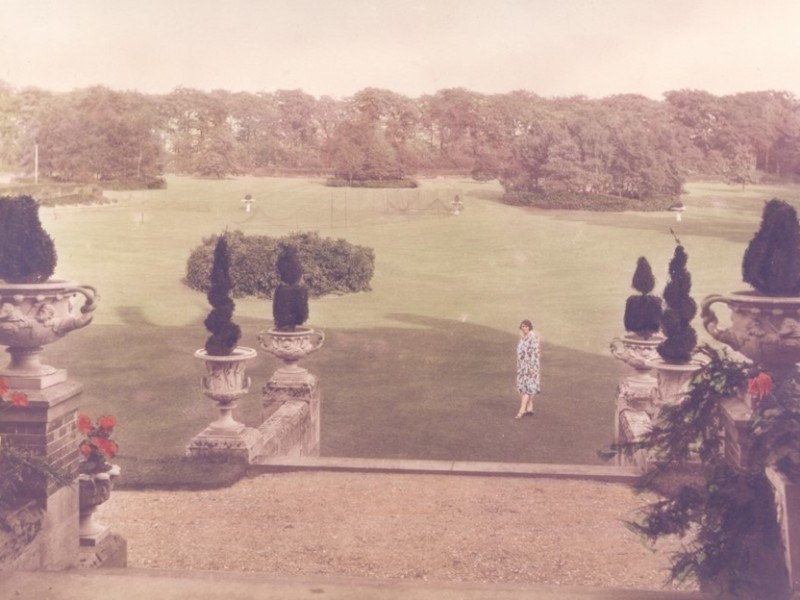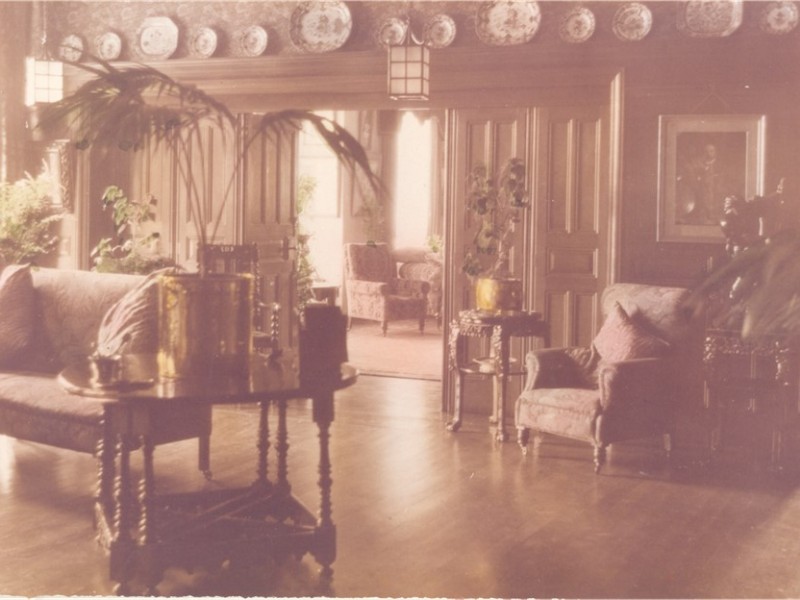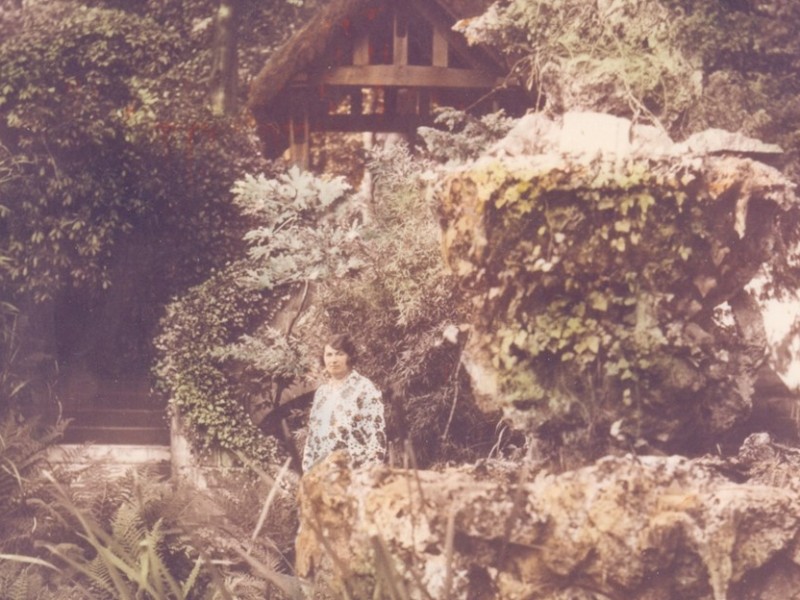Going As Far Back As We Can!
Records from the 1300s show that Moor Hall was first named for William de la More, a landowner in this area.
The first historical fact that was recorded about Moor Hall was in 1434 but very little is known of this period except that a gentleman by the name of Roger Harwell lived here.
During the following years, William Harman lived at Moor Hall, with his son John Harman, the future Bishop Vesey. He may have been born at the ‘old’ Moor Hall, a modest two storied sandstone house in 1465.
Bishop Vesey
So now we come to Moor Hall’s most famous owner, Bishop Vesey who had a meteoric rise under Henry VIII.
In 1527 Henry VIII granted Bishop Vesey several plots of land, known as Moor Crofts and Heath Yards together with about forty acres of wasteland. Upon this land he built the new Moor Hall, which was near to the old building where he was born.
At the new Moor Hall he lived supported by 140 servants who were required to wear scarlet caps and gowns. Very little is known about the new building built by Vesey, but the drawing here shows an imposing Queen Anne style property.
Bishop Vesey was once a tutor to Princess Mary who had spent most of her early life at Moor Hall.
Vesey survived the fall of Wolsey in 1529 and prospered reasonably under Thomas Cromwell until 1551 when his opposition to the Reformation caught up with him and he was deprived by Edward VI of his bishopric for exchange for a pension of £485 a year. He was restored when Roman Catholic Queen Mary came to the throne in 1553.
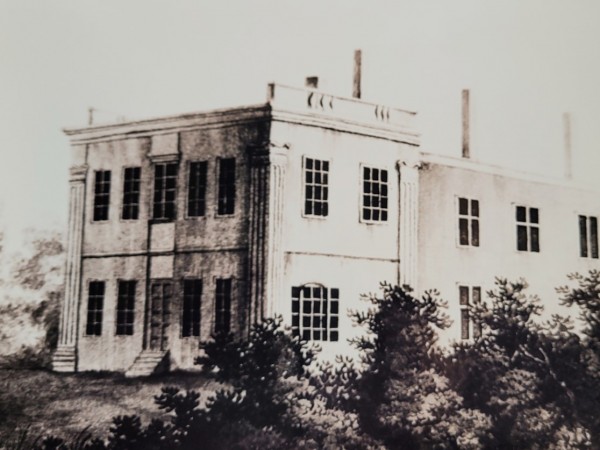
In 1528 Bishop Vesey was able to perform his best remembered act on behalf of his fellow townsmen. He had been on several important journeys for Henry VIII and was at the height of his prosperity at Court when the king granted to him the thousands of acres which now form Sutton Park.
With this land, Vesey obtained a charter which placed the manor and those of Sutton Coldfield to the trust of a corporation for the use of the inhabitants of Sutton Coldfield forever.
It is reported that Sutton Coldfield was granted the Royal Tudor Rose by King Henry VIII in thanks for being aided by a young woman who shot dead with an arrow a wild boar which was charging at the king in 1528. He asked for the person responsible to come forward and a young woman from Sutton Coldfield came out of the trees. Bishop Vesey was present at the incident and they also returned disposed land to the young woman’s family.
Bishop Vesey died at the ripe old age of 103 in 1555. During his life he rebuilt the aisles of the Holy Trinity church and installed an organ, he built a market, paved the streets of the town, and had two stone bridges built - the one at Minworth survives. He had Sutton Park gifted to the residents of Sutton for common use; he founded and endowed the free grammar school, and built 51 stone houses of which five survive.
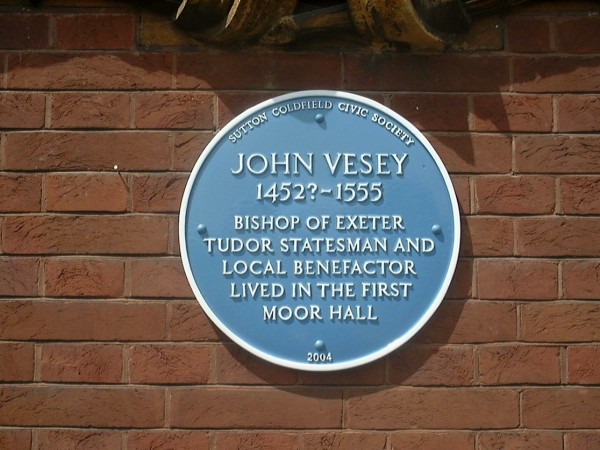
1600s to 1900s
Nearly 100 years later in 1671, the new holder of Moor Hall was John Addyes. When he died, he left Moor Hall to his great nephew John Hackett whose family also owned Moxhull Hall. Grateful to his great uncle, Hackett added Addyes to his name.
By the 18th century Moor Hall was said to comprise twenty rooms on three floors, but said to be “a very poor pile of building, without prospect or indeed anything beautiful to recommend it to a man of taste”. The property was rebuilt again in the mid-18th century at a reputedly high cost.
Moor Hall was let to tenants in the 19th century. One known owner of Moor Hall in the 19th century is A R Dean, who was nicknamed “The Carpet King” due to his financial success in the carpet manufacturing business.
The Lloyd brothers came to Moor Hall in 1866. They were iron masters and mine owners but also bankers and founders of Lloyds Bank. Sampson Lloyd was living at Moor Hall in 1871, described as Country Magistrate, manufacturing engineer and bank director. He lived here with his Prussian wife, eight children and nine servants.
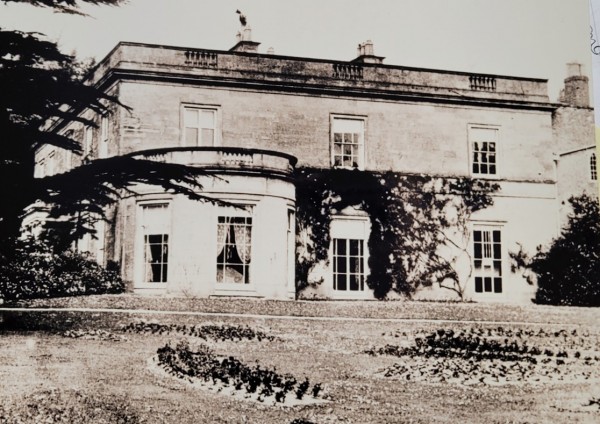
Colonel Ansell
Next, we come to Colonel Edward Ansell of Rigby Hall, Bromsgrove, who wanted to move to Sutton Coldfield. He was a wealthy man, a Birmingham alderman and owner of Ansell’s Brewery, and in 1903 he bought Moor Hall. Moor Hall, with its Regency frontage was vacant at the time.
Records show Colonel Ansell wrote an account of his visit there and wrote that “some of the rooms are large, but have the air of antiquity hanging about them”. He saw an old oak chair described as Bishop Vesey’s chair and in the library, he claimed to have seen a book published in 1452 (printing was invented in 1450).
Colonel Ansell lived with his wife, two of his grown-up children and ten servants.
Colonel Ansell demolished the old hall and erected the present building. The new Moor Hall copied the Tudor style chimneys and added a clock tower. All of the wood carvings and stone work were created on site and architects from all over the country came to admire the workmanship – which can be still seen today in the stained-glass windows, carved mantels over the fireplace and stone work.
1930 Auction
The Ansell family lived at Moor Hall until 1930 when the whole estate was auctioned off and bought by the Streather family for £35,000.
We were thrilled to have recently been gifted the original auction folder which details what was sold in this 1930 auction. The document lists the building of Moor Hall which was also sold but also the plot of land that now is Moor Hall Golf Club as well as Moor Hall drive.
The auction included other cottages and holdings which are still at either end of Moor Hall drive today.
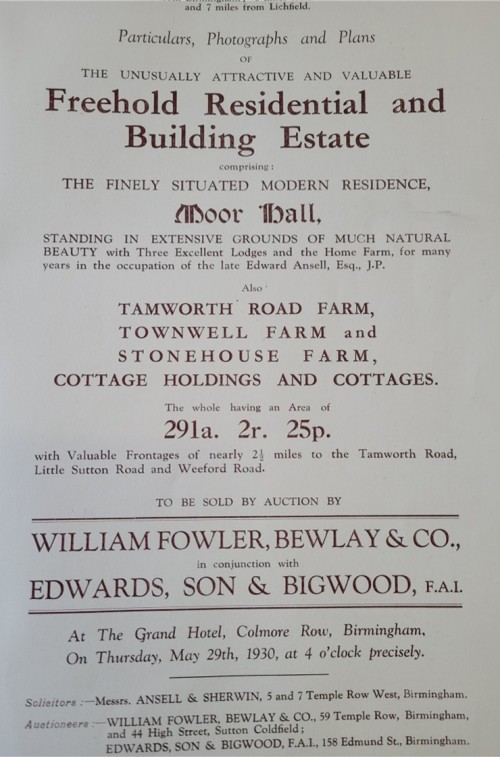
The Streather Family
Mr Streather converted Moor Hall into a Gentleman’s Residence where ‘retired gentleman spent most of the day buried in The Times’. Steathers Ltd built the majority of the houses in Moor Hall Drive and Little Sutton Lane from around 1930 to 1960.
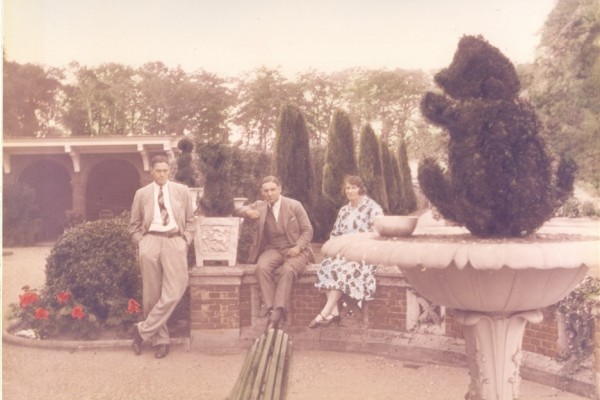
Moor Hall bought by Michael Webb
Michael Webb, our former chairman, in partnership with Whittalls Wines, purchased Moor Hall in 1961. It was still a Gentleman’s Residence with 17 bedrooms, two bathrooms and a great deal of potential! Mr Webb remembers:
"In 1961 I was sitting with a friend (Brian Hildick of Whittalls Wines) in Austria, being around thirty years of age. We were living it up apres-ski style late into the night, singing, dancing and drinking. I remarked that Sutton Coldfield needed a place like this and when we came home, we started to look around the Sutton Coldfield area for a suitable old house that could be turned into a drinking club with late night licenses.
All the old houses that were for sale were turned down by the planners, who would not grant a “change of use” and then someone suggested we look at Moor Hall. I’d never heard of it before as it was down a long, private drive. Although licensed it was more of a private hotel in the normal sense of the word and people seemed to stay there on a permanent basis, either those who had retired or widowers still working. There was a small cupboard in one room with drinks in it, which was unlocked to order and locked again just as swiftly. If you asked to have a visitor for a meal then a day’s notice was required."
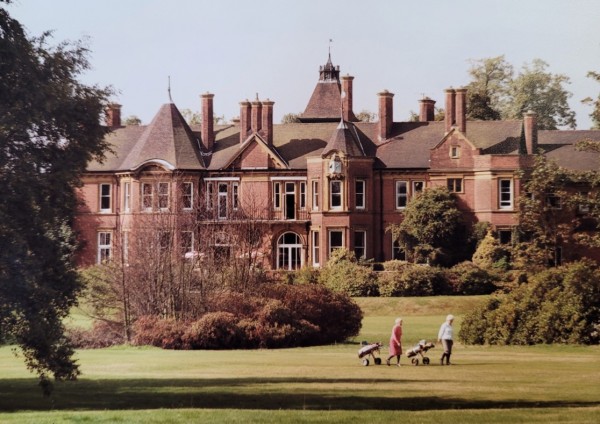
1960s
Moor Hall opened in August 1961 as a private members’ club, because this was the only way that we were going to be able to serve drinks after hours. Our initial subscription was 2 guineas a year and we still have some original members who continue to pay their £2.10 a year!
Over the first year or so of ownership, the old gentlemen gradually moved out as the style of business changed and their quiet life was disrupted by the music and dancing.
Mr Webb remembers: “One resident came to me one day and said, “Mr Webb, I fear you are not running this hotel in the way I’m used to, and I’m afraid I’ll have to give you notice. I was not dismayed by this as he was paying a very cheap rate compared to the market of the time. He then requested to be paid for the bathroom that he had paid for. I told him to take it with him, which of course he couldn’t but he did take the rather nice mahogany toilet seat, I think more out of spite than need!”
We started off by offering much dancing and frivolity several nights of the week, mostly with a different live band each night, since discos were only just emerging in those days.
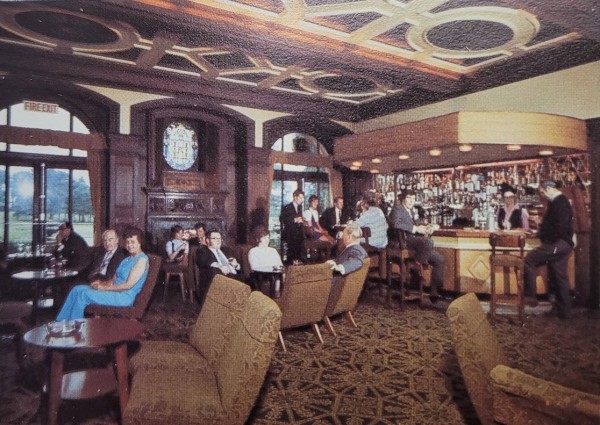
1970s
The style of business changed in the 1970s when in the words of Michael and Jean Webb "they grew up a bit"! Meeting rooms and an additional bedroom block were built to cater for the conference customer and business guest.
In 1972 The Bracebridge room was opened as a conference room and Moor Hall was granted a full licence. The hotel changed from a Residential Club to Moor Hall Hotel & Country Club.
In 1973 work started to convert the coach houses, stables and kennels into an annexe of 31 rooms which would bring the total number of bedrooms to 48. Televisions were available “on request”!
The Residential Club was still going strong in the 1970s with over 2,000 members who enjoyed facilities such as late night bars, dancing four nights of the week, Friday night barbeques on the patio in the summer, gourmet dinners in the winter, firework display in November and festive dinners and dances. No members under the age of 21 were allowed to join and the Manager saw every applicant for membership.
This is a photo of Mrs Webb who sadly passed away in 2007. The photo is taken outside the front entrance to the hotel in the 1970s – you can see the now Spa entrance and an old view of the reception entrance.
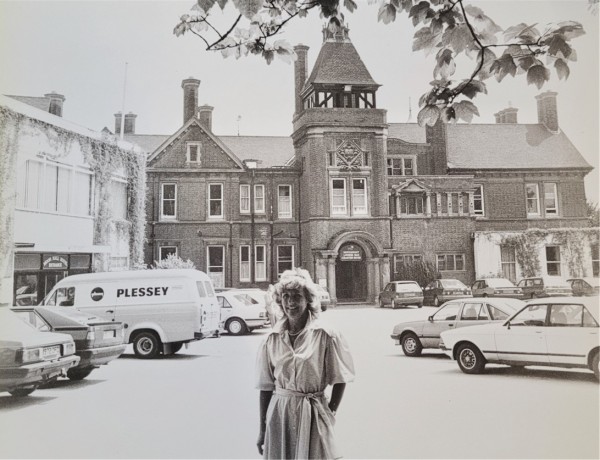
1980s
We continued to invest and adapt the hotel in the 1980s with a £1m extension with the new Charter Suite and more bedrooms. In 1982 a new hotel reception was built to join the annexe to the main building along with 8 new bedrooms.
Jake’s Winer Diner was opened in what is now the Country Kitchen. There was a pinball machine and the menu featured American beer, cocktails and burgers.
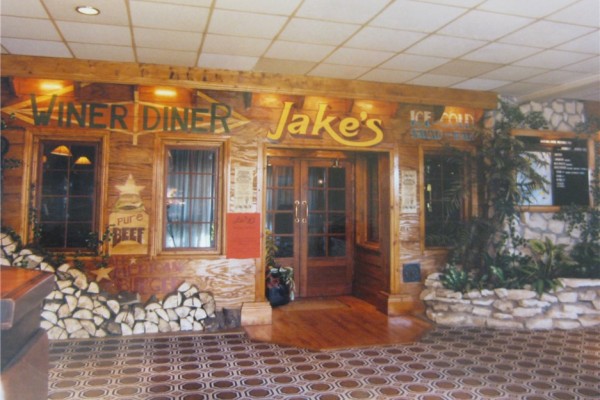
1990s
In 1991 the fitness centre was built to include an indoor swimming pool which was quite a rarity for hotels in those days. The fitness club was opened by Graham Taylor who was then the Manager of the England football team. At the same time an in-house laundry was built and due to the reorganization of this space we increased our conference rooms by two.
In the 1990s, the Sunken Garden was listed to help protect and preserve this historic site. It was said that it was a bear pit or cock pit in the time of Henry VIII. It was altered to a Sunken Garden in the late 19th century as it was very of popular of that time to have these stone grottos and fountains. It is a beautiful space and very popular with our wedding couples for their photographs.
2000s
In 2000 the Webb family bought The George Hotel, an old coaching inn in Lichfield and set about refurbishing every bedroom and bathroom. The George has 45 bedrooms, a popular bar and restaurant and a large Regency style ballroom.
In 2002 Moor Hall was awarded 4 AA stars!
In 2003 Moor Hall became the first UK hotel to achieved Premier status in Best Western. Moor Hall has a long history with Best Western – who market our hotel nationally and internationally. All Best Western hotels are individually owned like Moor Hall. Mr Webb was instrumental in bringing Best Western to the UK in the 1960s and 70s and was made Chairman of Best Western in 1980 on his 50th birthday! Angela Burns (Mr Webb's daughter and our CEO) was made chairman in 2013 – the first female chairman and the first time two people from the same family have been chair. Angela still sits on the board of directors for Best Western so we as a hotel are very much involved in the hotel industry nationally.
In 2003 the new Leisure Centre was again opened by Graham Taylor, who was then Villa football manager. The centre had a new first floor gym, spa beauty rooms and studio.
In 2007 the Webb family bought The Gables Hotel in Falfield near Bristol. This hotel has 46 bedrooms and is just off the M5 – so perfect for a pit stop when visiting Devon or Cornwall!
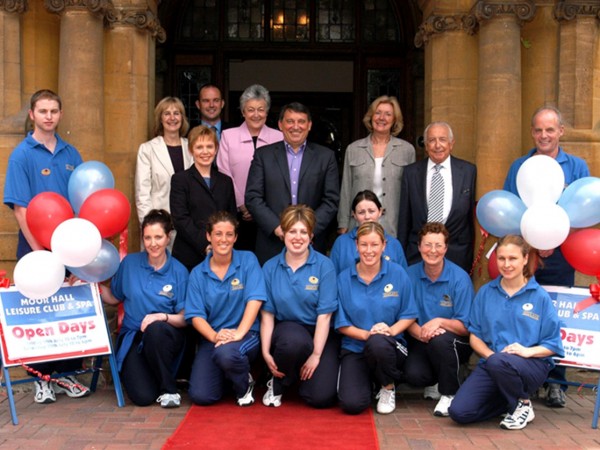
2010s
As part of our continued efforts to reduce our impact on the environment we installed a wormery system to compost the organic waste from the kitchen and restaurants in 2010.
In 2011 we installed two electric car charging points, installed solar panels on the walls of our laundry and began to produce our own honey.
We won various Green Tourism awards including the award for Energy Reduction at the Birmingham Council’s Green Restaurant Awards in 2012, and have held the prestigious gold award from the Green Tourism Business Scheme for many years.
In 2015, The Big Hoot trail came to Sutton Coldfield and Moor Hall was home to the LOVE owl. Over 90 beautifully designed owl statues came to Birmingham and the surrounding districts in the summer of 2015. The Big Hoot trail raised funds for Birmingham Children’s Hospital and brought a lot of visitors to the region.
In 2016, the Webb family added another hotel to its portfolio with the acquisition of The Cathedral Hotel in Lichfield.
In 2018 Moor Hall’s main function room, The Charter Suite, had a refurbishment to help the hotel appeal to the modern wedding market. The hotel was awarded an outside wedding licence in the Sunken Garden so couples can now say “I do” in this magical setting.
In 2018, £100,000 was invested to refurbish the gym with new interactive cardio and strength-training equipment.
In 2018 we took over ownership of The Red Lion, a small village pub in Newborough, Staffordshire.
And in 2019 / 2020 we picked up awards for
- Above and Beyond at the prestigious national Blue Badge Awards
- Best Large Business in the Sutton Coldfield Chamber Awards
- And Excellence in Hospitality in the Birmingham Chamber Awards
- The Thrive at Work Wellbeing Bronze Award
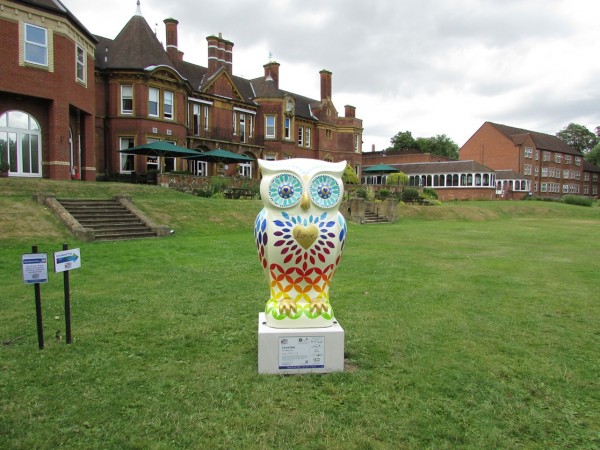
2020
In 2020 the Covid-19 pandemic hit the world and life as we knew it changed dramatically. The hotel closed in March 2020 for the first time in its long history. The family moved into the hotel during lockdown for maintenance and security and to keep things ticking over. We opened a shop during the first few weeks of lockdown when toilet rolls, flour and eggs were scarce!
We reopened again in July when lockdown lifted and have since been in various stages of other lockdowns – each time adapting the business to make it safe and comfortable for our guests.
In 2021 we celebrated our 60th year of family ownership!
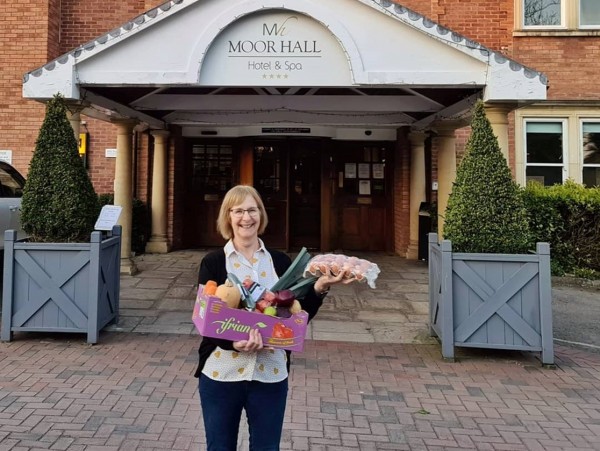
Visit Our Sister Properties
